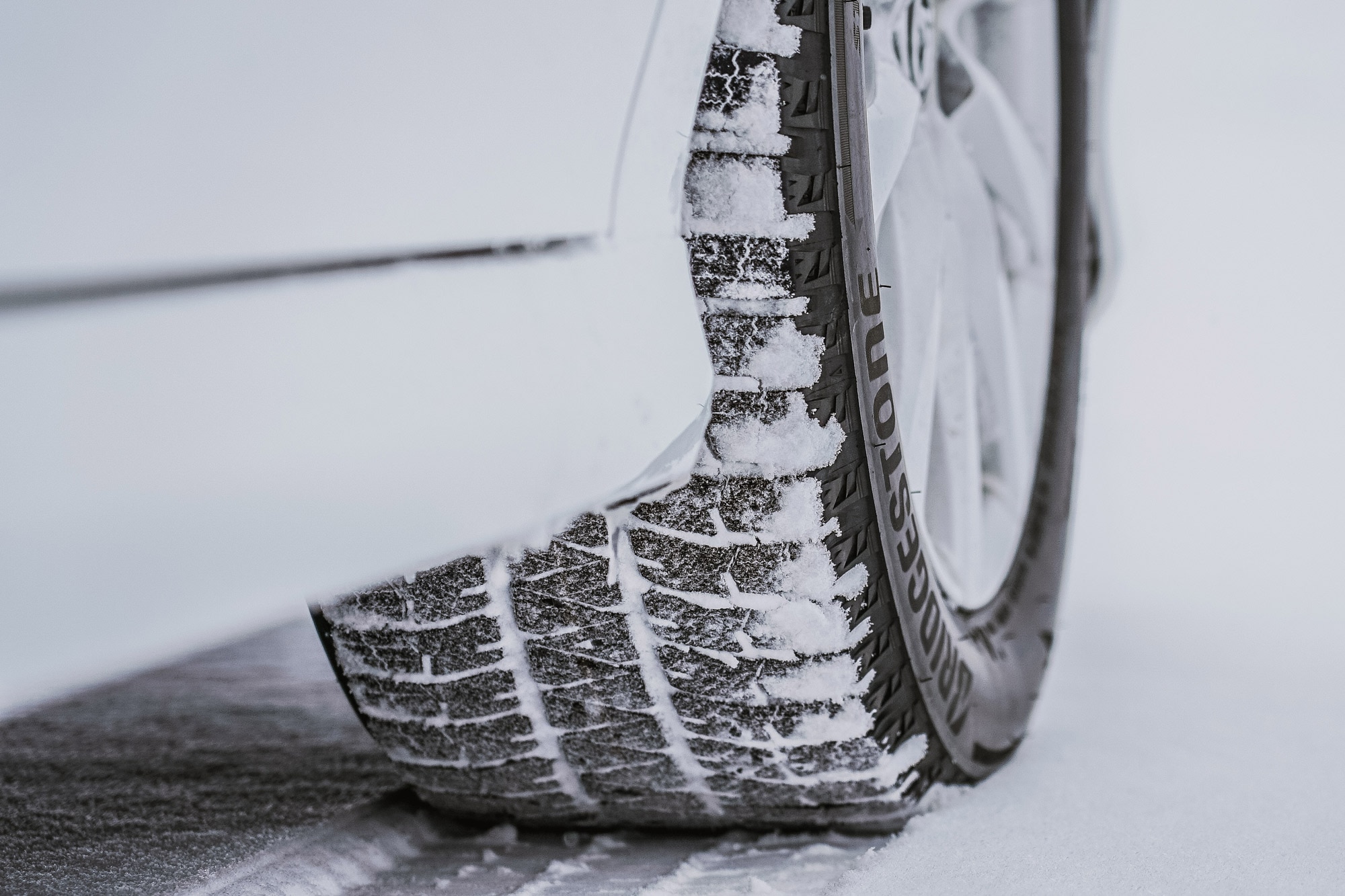All-Season Tires vs. Winter Tires: What's the Difference
If you live where winter gets snow and ice and summer is sunny and warm, you may want more than one set of tires.
 Bridgestone
Bridgestone
QuickTakes:
Every tire has a season, and sometimes there's more than one. You'd be forgiven for assuming that all-season tires are good for winter, spring, summer, and fall.
In some climates, this is true. But in places where icicles form on the eaves, car owners can curtail most of the slipping and sliding by swapping on a pair of winter tires. They're even required to do so in certain parts of the U.S.
It's important to look at the differences between these two types of rubber and why you might want to consider having both.
What Are All-Season Tires?
All-season tires are like the Swiss Army knife of the tire world: They get the job done in most situations, just not as precisely or as easily as using a dedicated tool. The majority of mainstream vehicles come with all-seasons installed from the factory. They work well in both wet and dry conditions and in a wide range of temperatures.
Many car owners use them year-round, and if you live in a place that seldom sees days below 50 degrees Fahrenheit, this works out fine. For those who don't, all-seasons may not provide adequate grip to keep your vehicle from sliding around on the road. That's where winter tires come in.
What Are Winter Tires?
Often called snow tires, winter tires come in handy on more than just the white stuff. Their specially formulated rubber compounds remain pliable in all kinds of wintry weather, so they can grip cold roads, ice, and snow better than a summer or all-season tire can.
They also feature duty-specific tread patterns with deeper-than-average grooves for carving through snow, plus thousands of traction-boosting sipes — those little zigzag slits in the treadblock that help the tire to bite into ice.
On the downside, those compounds don't hold up so well to heat. Leaving them on your vehicle during the spring and summer will almost certainly result in faster wear and reduced stopping performance. That's why it's necessary for owners in climates that change to swap them on when temps drop and remove them once the mercury rises sufficiently.
Some locales and roadways require winter-specific rubber for part of the year, so check your local laws and those of any place you may venture in the colder months.
How Winter Tires Differ From All-Season Tires
Running all-seasons all year obviously offers the convenience of not having to swap tires — or wheels, if you have a dedicated winter set — twice a year. Given that cars typically arrive with these tires, presumably approved by the manufacturer for all driving instances, inertia is doubly on your side.
Of course, some drivers — namely those in the southernmost states — don't need winter tires. And for others, it's not an either-or decision but a necessity, since all-seasons are really three-season tires and winter tires are for, well, winter.
That said, manufacturers continue to make advancements in tire technology, and new all-seasons are increasingly proficient in wintry weather. Be sure to do your research on the tires that came with your car and any that you're considering as replacements so you have suitable rubber for every part of the year.



